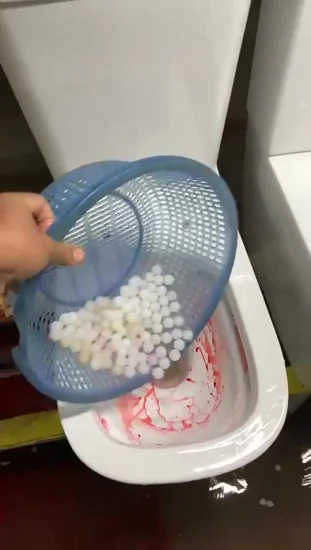Almost everyone is bound to have their own individual conception in relation to Flushing Food Down the Toilet?.

Intro
Many individuals are usually confronted with the problem of what to do with food waste, especially when it involves leftovers or scraps. One typical concern that arises is whether it's all right to flush food down the commode. In this post, we'll delve into the reasons that people may consider purging food, the consequences of doing so, and alternate techniques for correct disposal.
Reasons why individuals could think about flushing food
Lack of understanding
Some people might not recognize the possible injury caused by purging food down the bathroom. They may erroneously think that it's a harmless method.
Ease
Purging food down the commode might feel like a fast and very easy solution to disposing of undesirable scraps, particularly when there's no nearby garbage can available.
Laziness
In many cases, people might merely select to flush food out of sheer laziness, without taking into consideration the effects of their activities.
Consequences of flushing food down the commode
Environmental impact
Food waste that ends up in waterways can contribute to air pollution and harm water communities. In addition, the water made use of to flush food can stress water sources.
Plumbing problems
Flushing food can cause stopped up pipelines and drains pipes, causing expensive plumbing repair services and hassles.
Sorts of food that must not be purged
Coarse foods
Foods with coarse textures such as celery or corn husks can obtain entangled in pipes and cause clogs.
Starchy foods
Starchy foods like pasta and rice can absorb water and swell, causing obstructions in pipes.
Oils and fats
Greasy foods like bacon or cooking oils need to never ever be flushed down the toilet as they can solidify and cause clogs.
Correct disposal methods for food waste
Making use of a waste disposal unit
For homes equipped with waste disposal unit, food scraps can be ground up and purged with the pipes system. Nevertheless, not all foods are suitable for disposal in this fashion.
Recycling
Certain food packaging materials can be recycled, decreasing waste and decreasing environmental influence.
Composting
Composting is an environment-friendly means to get rid of food waste. Organic products can be composted and used to enhance dirt for gardening.
The significance of appropriate waste monitoring
Lowering environmental injury
Correct waste monitoring practices, such as composting and recycling, assistance lessen contamination and maintain natural resources for future generations.
Safeguarding plumbing systems
By preventing the technique of flushing food down the commode, property owners can protect against pricey pipes repairs and keep the stability of their pipes systems.
Verdict
To conclude, while it may be alluring to purge food down the commode for comfort, it is necessary to understand the potential consequences of this activity. By adopting appropriate waste administration practices and taking care of food waste responsibly, people can contribute to healthier pipes systems and a cleaner atmosphere for all.
FLUSH FOOD DOWN THE TOILET?
FLUSHING FOOD CAN CAUSE BLOCKED DRAINS IN YOUR HOME
All of the plumbing fixtures in your home are connected to the same sewer pipe outside of your home. This outdoor sewer pipe is responsible for transporting all the wastewater from your home to the Council sewer mains. Even small pieces of food that go down the kitchen sink can cause problems for your sewer. It should therefore be obvious that flushing larger bits of food, such as meat, risks a clog in either the toilet itself or the sewer pipes. Flushing greasy food is even more problematic because oil coagulates when it cools, coating the interior lining of your pipes.
THE TOILET IS NOT A BIN
Food isn’t the only thing that people shouldn’t be flushing down the toilet. People use the toilet to dispose of all kinds of things such as tampons, makeup wipes, dental floss, kitty litter and even underwear. Water goes to great lengths to educate residents about the high costs and stress placed on wastewater treatment systems simply from people flushing the wrong stuff down the toilet. It costs taxpayers millions of dollars each year, and homeowners thousands in blocked drain repairs.
FLUSHING FOOD IS A WASTE OF WATER
Flushing food is a waste of our most precious resource - water. In June this year Level 1 water restrictions were introduced to protect water supply from drought conditions. Much of New South Wales continues to be affected by prolonged drought with recent figures revealing up to 97 per cent of the state remains in drought. Depending on whether you have a single or dual flush toilet, every single flush uses between five and 11 litres of water. In the current climate this is a huge amount of water to be wasting on flushing food that should be placed in the bin (or better yet, the compost).
https://www.jabplumbingsolutions.com.au/blog/can-you-flush-food-down-the-toilet

Do you appreciate more info about What Can Happen If You Flush Food Down the Toilet?? Place a review down below. We'd be happy to see your ideas about this blog posting. In hopes that you come back again before long. Are you aware of somebody who is excited about the niche? Please feel free to promote it. Thank-you for going through it.
Schedule Now
Comments on “Is it Suitable to Dispose of Food in the Toilet?”